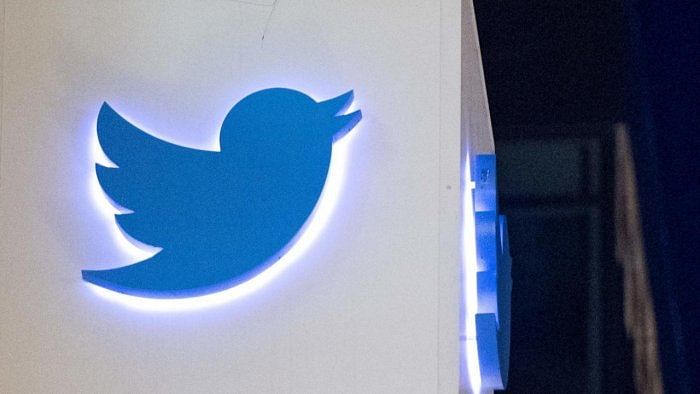
Twitter’s move to label Bharatiya Janata Party (BJP) spokesperson Sambit Patra’s tweet on an alleged social media toolkit created by the Congress as “manipulated media” has kicked up a storm, with the Centre demanding the social media company remove the tag.
The Ministry of Electronics and Information Technology has written to Twitter, asking it to scrap the tag until law enforcement agencies completed their investigation and put out the official word. The US-based company had slapped the label on the tweet following a request for removal from the Congress, which claims the tweet is doctored.
According to Twitter’s “synthetic and manipulated media policy”, it uses three criteria to judge whether a post deserves the tag — is the content synthetic or manipulated? Is it shared in a deceptive manner? Is it likely to impact public safety or cause serious harm?
Is the content synthetic or manipulated?
The most fundamental consideration for Twitter is whether the content has been changed in a way that alters its basic form and if bits that include people have been fabricated or simulated. It also looks at whether bits of the content have been added or taken out to make it seem different from what it was intended to be.
Crucially, Twitter says it will only take strict corrective action if the post is entirely manipulated to change its meaning. To determine whether media has been doctored, Twitter says it uses either its own technology or reports from third parties.
Is the content shared in a deceptive manner?
In addition to the content itself, Twitter takes a call based on the context it is posted in and whether it could result in confusion and misunderstanding or is deliberately intended to deceive people.
Twitter considers the text of the Tweet that comes with the media or is included within it, metadata of the media, information on the profile of the account sharing the media and websites linked in the tweet or in the profile of the account sharing media before taking a call.
Is the content likely to impact public safety or cause serious harm?
The last criterion is whether the tweet poses the threat of physical harm to a person or group, whether it might incite mass violence or civil unrest and if it threatens the privacy or ability of people to freely express themselves. The checklist also includes voter suppression or intimidation or hateful conduct.
Twitter clarifies that if media meets all three of the criteria in its policy, it will most likely remove it from the site and accounts that repeatedly engage in posting misleading tweets could be banned from using the site completely.